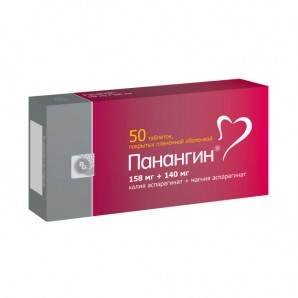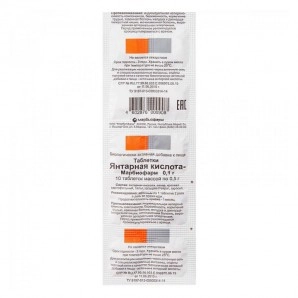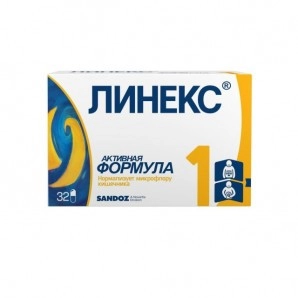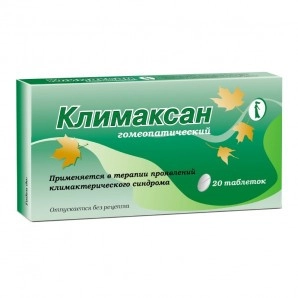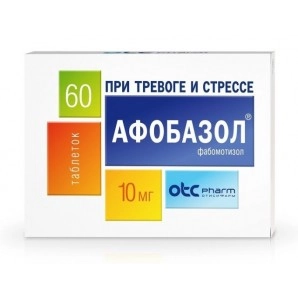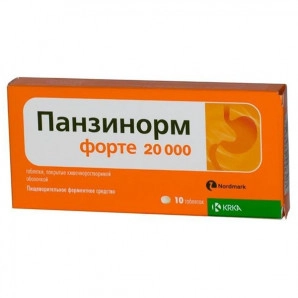-
PC
- Allergy
- Antiparasitic Agents
- Painkillers and Antispasmodics
- Venotonics
- Dermatological Agents
- Gastrointestinal Tract
- Immunomodulators
- Infectious and Inflammatory
- Weight Control, Weight Loss
- Neurological Agents
- Ophthalmic Preparations
- Cardiovascular Diseases
- Sleep Aids
- Cold and Flu Remedies
- Thyroid Disorders
- Diabetes Treatments
- Urological Agents
- Sedatives
- Ear Drops
- Vitamins and Minerals
- Men's Health
- Women's Health
- Laxatives
- Liver Disease Treatments
- Hemorrhoid Treatments
- Nasal Drops and Sprays
- Antiseptic
- Bruises and Contusions
- Antifungal Agents
- Blood Pressure Medications
- Joint Pain
- Oils
- Dry Herbs & Berries
- Ointments
- Herbal Teas
- Tinctures
- Syrups
- Beauty
This information is for general purposes only and should not be considered as medical advice. Always consult with a qualified healthcare professional for any medical concerns or questions you may have.
Understanding Voltaren Rectal Suppositories 100mg №5
Voltaren rectal suppositories are a type of medication that contains the active ingredient diclofenac, which is a nonsteroidal anti-inflammatory drug (NSAID). These suppositories are designed to be inserted into the rectum and are commonly used to treat pain and inflammation in conditions such as arthritis, muscle strains, and back pain.
How It Works
When inserted into the rectum, Voltaren suppositories are absorbed into the bloodstream, where they work to reduce the production of prostaglandins, which are chemicals that cause inflammation and pain. By inhibiting the production of prostaglandins, Voltaren helps to alleviate pain and reduce inflammation in the affected area.
Indications
- Arthritis
- Muscle strains
- Back pain
- Postoperative pain
How to Use
To use Voltaren rectal suppositories, it is important to first wash your hands thoroughly. Then, lie on your side and gently insert the suppository into the rectum as directed by your healthcare provider. After insertion, it is important to remain lying down for a few minutes to allow the suppository to dissolve and be absorbed. It is important to use this medication exactly as prescribed by your doctor and not to exceed the recommended dosage.
Possible Side Effects
- Stomach pain
- Nausea
- Constipation
- Headache
If you experience any of these side effects or any other unusual symptoms, it is important to contact your healthcare provider right away. Additionally, it is important to inform your doctor of any other medications or supplements you are taking, as they may interact with Voltaren suppositories.
Conclusion
Voltaren rectal suppositories 100mg №5 are a powerful and effective treatment for pain and inflammation. By understanding how this medication works, its indications, and its proper usage, you can make the most of this treatment for your condition. However, it is important to use this medication under the guidance of a healthcare professional and to be aware of any potential side effects or interactions.
Note: This article is for informational purposes only and should not be considered medical advice.Additional Information
| SKU | st-9482 |
|---|---|
| Brand | No |
| Size | No |
| Manufacturer | No |
- Be the first to review this product
Write Your Own Review
Products on sale
Regular Price: $49.99
Special Price $34.99
Regular Price: $20.99
Special Price $17.99
Regular Price: $10.99
Special Price $8.99
Regular Price: $21.99
Special Price $17.99
Regular Price: $14.99
Special Price $11.99
Regular Price: $17.99
Special Price $10.99
Regular Price: $14.99
Special Price $9.99
Regular Price: $51.99
Special Price $34.99
Regular Price: $10.49
Special Price $8.99
Also Purchased










